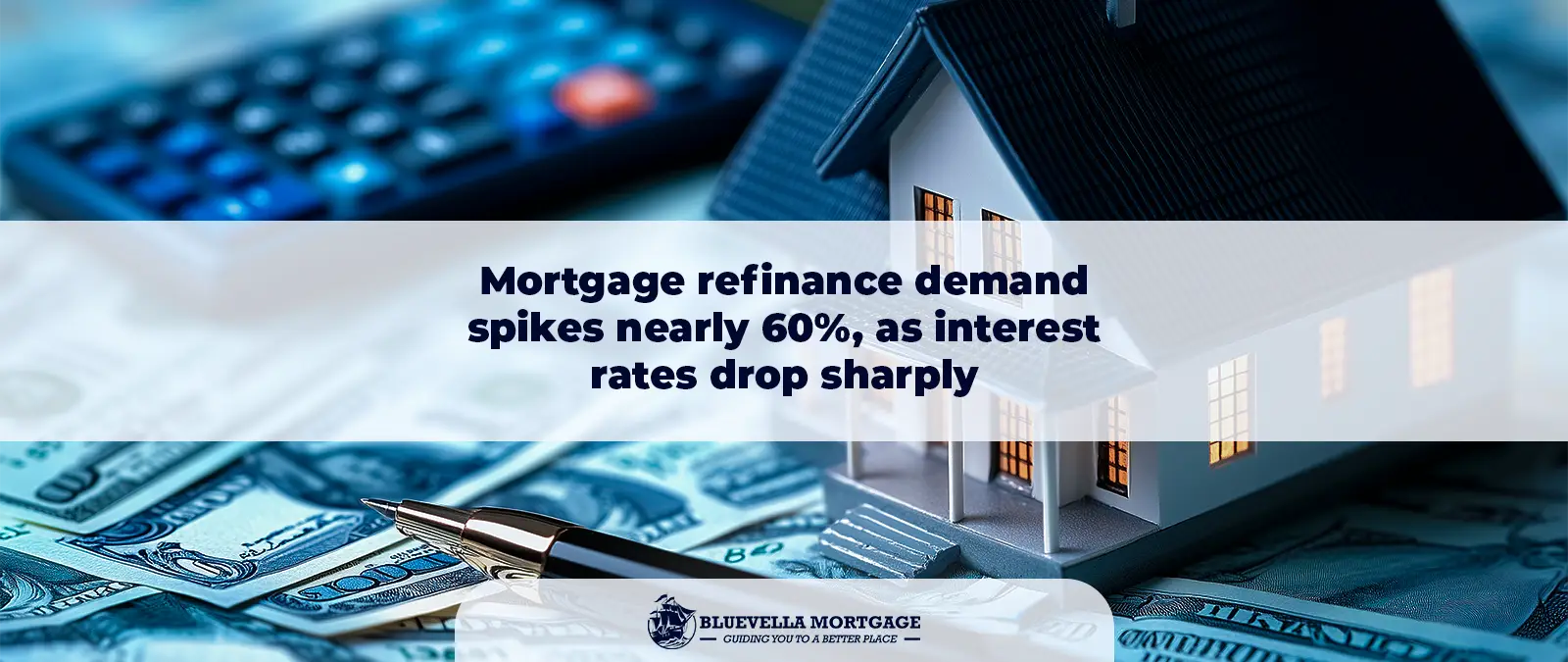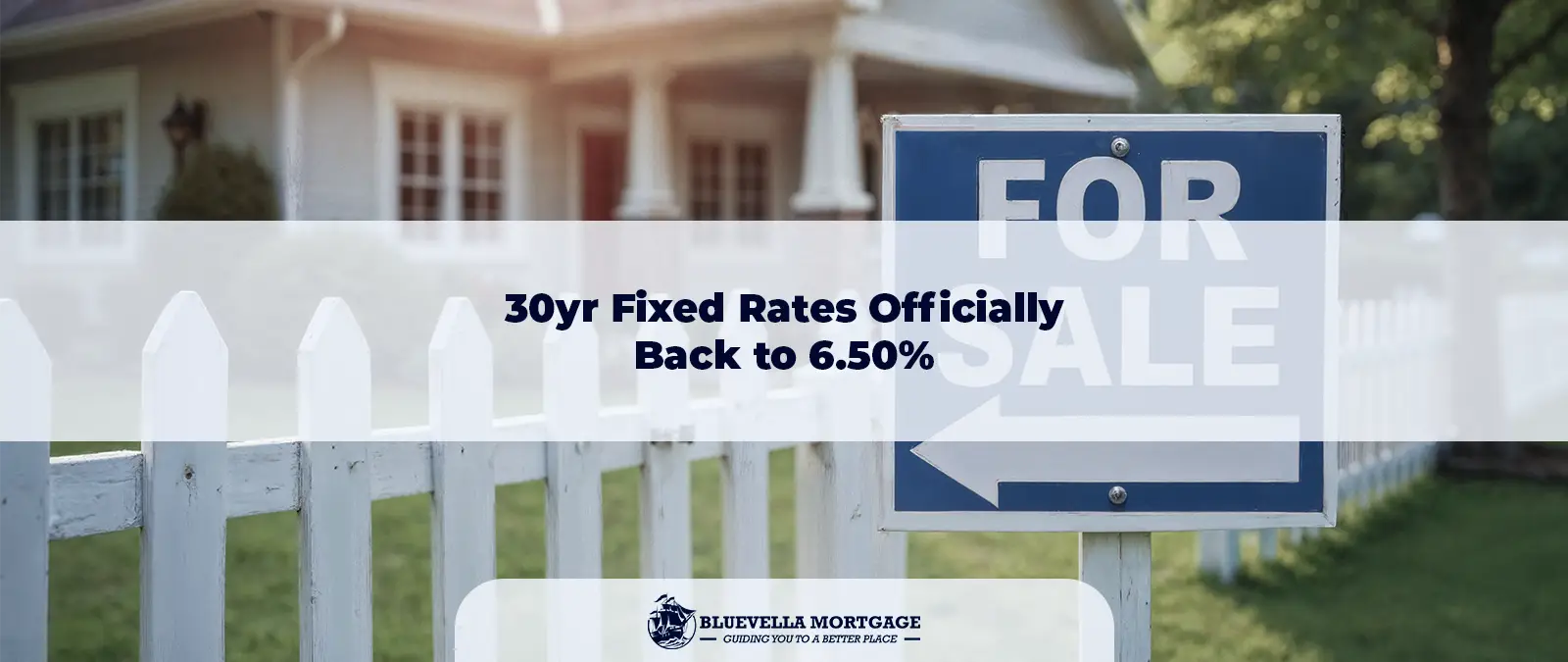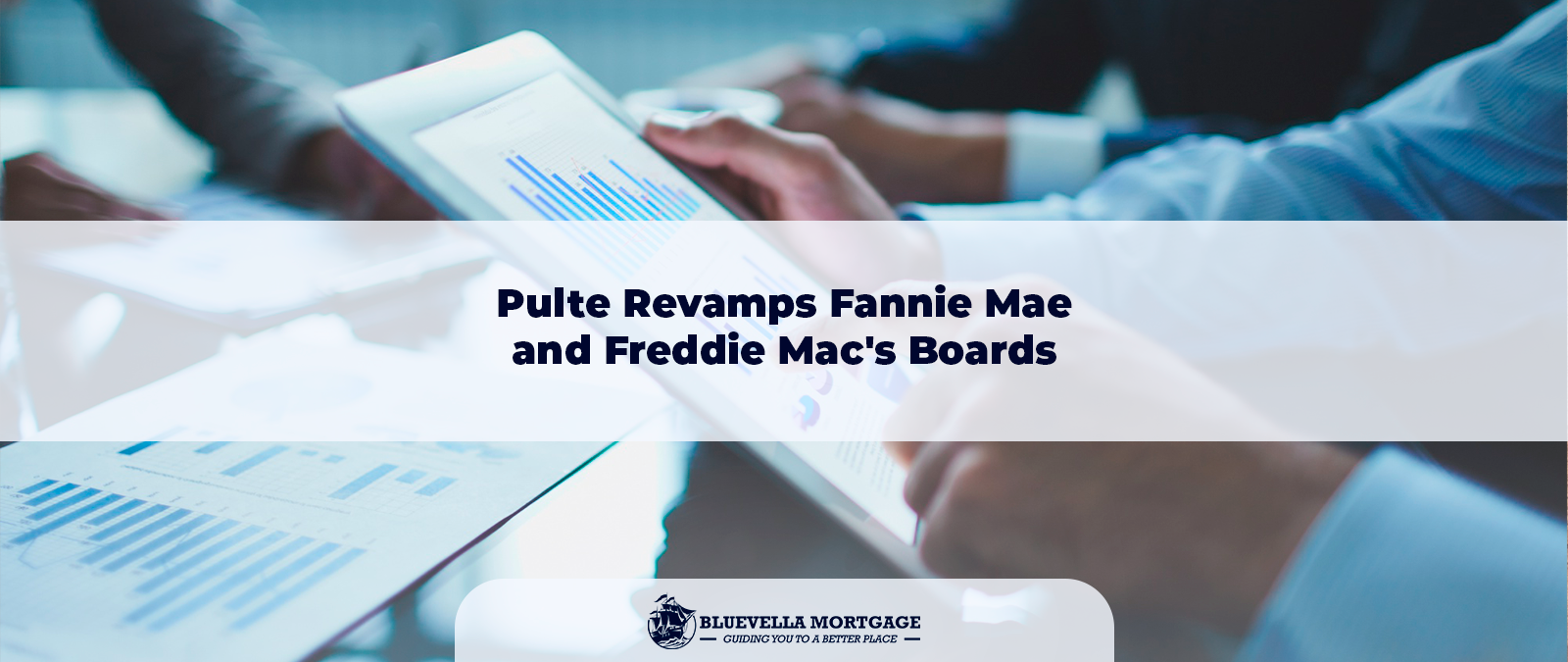Introduction to Mortgage Refinance
Mortgage refinancing is a financial strategy that allows homeowners to replace their existing mortgage with a new one, typically with improved terms. This process can serve various purposes, including reducing monthly payments, shortening loan terms, or accessing home equity. Understanding the intricacies of mortgage refinancing is crucial for anyone considering this option, particularly in light of the significant fluctuations in interest rates.
One primary reason homeowners opt to refinance is to lower their monthly mortgage payments. By securing a loan at a lower interest rate, borrowers can decrease their total monthly financial obligations, which can considerably enhance their cash flow. This reduction can be particularly appealing in an environment where interest rates have experienced a notable decline, as seen in September 2025. As rates drop, the opportunity to refinance becomes more attractive for many borrowers who wish to cut costs.
Additionally, mortgage refinancing can allow homeowners to shorten the duration of their loan. Switching from a 30-year to a 15-year mortgage, for instance, often leads to a quicker equity buildup and a potential reduction in the amount of interest paid over the life of the loan. This option is especially suitable for individuals who are financially stable and can afford higher monthly payments in exchange for long-term savings.
Another vital aspect of mortgage refinancing is the ability to tap into home equity. Homeowners can borrow against the value of their property to fund significant expenses, such as home improvements, education, or debt consolidation. However, it is essential to approach this option with caution, as increasing the size of the mortgage can also elevate financial risk.
Understanding market dynamics, particularly interest rates, is paramount when considering mortgage refinancing. These rates are often influenced by economic factors and fluctuations can create lucrative opportunities for potential borrowers. Therefore, staying informed on market trends can significantly impact a homeowner’s refinancing decision and overall financial health.
Understanding the 2025 Interest Rate Trends
As of September 2025, a substantial decrease in interest rates has been observed, prompting a nearly 60% spike in mortgage refinance applications. This change can primarily be attributed to a combination of economic factors, notably including inflation trends, Federal Reserve policies, and evolving market conditions. Collectively, these elements have created an environment conducive to lower borrowing costs for homeowners, fostering an opportunity to refinance existing mortgages.
To comprehend the sharp decrease in interest rates, it is essential to examine the behaviors of inflation in preceding months. A stabilization of inflation rates, particularly concerning consumer prices, contributed to a more favorable economic outlook. This stabilization was in contrast to previous periods of skyrocketing inflation, where rising costs had led to higher interest rates to control spending. The easing of inflationary pressures allowed the Federal Reserve to pursue a more accommodative monetary policy, reducing rates in a strategic attempt to stimulate economic growth.
Furthermore, the Federal Reserve’s adjustments to its benchmark interest rate played a consequential role. In an effort to combat economic slowdowns observed in the first half of 2025, the Fed implemented a series of rate cuts, signifying a shift toward promoting borrowing and investment. Such decisions are inherently aimed at providing liquidity to the economy, thereby boosting consumer confidence and encouraging refinancing activities.
Market conditions during this period were also instrumental. The demand for housing remained relatively robust, with a surge in homebuying experiences. Consequently, this created a competitive landscape for mortgage lenders, who responded by offering enhanced refinancing options. Homeowners, eager to capitalize on these favorable market dynamics, sought to reduce their monthly payments or tap into equity, further contributing to the rising refinancing statistics.
The Impact of Rate Reductions on Homeowners
The recent decline in interest rates has created unprecedented opportunities for homeowners considering mortgage refinancing. With rates dropping sharply, the potential for significant savings on monthly payments has become increasingly advantageous for borrowers. A lower interest rate translates directly into reduced monthly obligations, allowing homeowners to retain a larger portion of their income for other expenses or investments.
For instance, a homeowner with a $300,000 mortgage at a 4.5% interest rate could see their monthly payment decrease from approximately $1,520 to around $1,400 if they refinance at a 3.5% rate. This represents a savings of roughly $120 each month, which can accumulate to an annual savings of $1,440. Such reductions can dramatically improve cash flow, enabling homeowners to allocate finances towards savings, education, or discretionary spending.
Moreover, lower interest rates can facilitate faster loan repayments. By refinancing into a shorter mortgage term, borrowers can benefit from a lower interest rate while also paying off their loans more rapidly. This approach not only reduces the total interest paid over the life of the loan but also enhances equity. For example, switching from a 30-year mortgage to a 15-year term can provide substantial long-term financial benefits, despite potentially higher monthly payments initially.
Real-life scenarios underscore these advantages. Consider a couple who refinanced their $200,000 mortgage from a high 5.0% rate to 3.0%. Their monthly payment dropped significantly, while at the same time, they were able to pay off their mortgage in 15 years instead of 30. As such, they ultimately saved tens of thousands of dollars in interest payments.
In summary, the recent rate reductions present an optimal scenario for homeowners to explore refinancing options. By capitalizing on these lower rates, borrowers can enhance their financial stability and potentially achieve greater long-term savings.
Statistics Behind the Refinance Surge
The recent surge in mortgage refinance demand, which has increased by nearly 60% in September 2025, highlights significant shifts in the housing market influenced by rapidly declining interest rates. A detailed statistical analysis reveals that this increase is not uniform across demographics and geographical areas, providing insights into consumer behavior during this economic phase.
For instance, data indicates that younger homeowners, particularly those aged 25 to 34, are leading the charge with a refinance rate of approximately 67%. This demographic often seeks to take advantage of lower monthly payments, allowing for increased financial flexibility. Conversely, refinancing among older homeowners, particularly those aged 55 and above, has also risen, albeit to a lesser extent at approximately 45%. This trend suggests a strategic move for many elderly homeowners to secure fixed-rate mortgages as they plan for retirement.
Geographically, the surge in refinancing is most pronounced in urban areas where housing prices have escalated dramatically over the past few years. States such as California and New York have recorded refinance requests climbing by over 70%, underscoring the demand for lower-interest loans amidst high property values. In contrast, rural areas, while witnessing growth, show a comparatively modest increase of around 38% in refinance requests, indicating differing levels of market pressures.
When looking at types of loans being refinanced, conventional loans account for over 55% of the refinanced mortgages, followed closely by FHA and VA loans. This partition of loan types signifies a shift towards more financially stable loan structures among consumers seeking both security and savings. Comparison with past refinancing trends reveals that this 2025 spike surpasses previous peaks seen in 2021 and 2022, making it a remarkable turning point in the mortgage landscape.
Refinancing vs. Purchasing a New Home
As the housing market experiences a notable shift due to rapidly declining interest rates, homeowners are faced with critical decisions. One of the primary options available is refinancing an existing mortgage, while the other is purchasing a new property. Both choices present unique advantages and disadvantages that merit careful consideration amidst current market conditions.
Refinancing offers homeowners the opportunity to lower their monthly mortgage payments by securing a loan at reduced interest rates. For example, those who purchased homes in a higher interest rate environment may find that refinancing allows them to access better terms, resulting in significant savings over time. Additionally, refinancing can provide the possibility of converting a variable-rate mortgage to a fixed-rate alternative—this is particularly beneficial in an uncertain economic climate where future interest rate hikes could impact long-term financial security.
Conversely, purchasing a new home can be an attractive option, especially for buyers looking to relocate or upgrade their living situations. With the current housing market showing fluctuations in average home prices, potential buyers may find favorable opportunities to acquire properties that were previously out of reach. However, competition among buyers is often fierce, especially in desirable neighborhoods, and this can lead to bidding wars, which may drive prices higher than anticipated.
Ultimately, the decision between refinancing and purchasing a new home will depend significantly on an individual’s financial circumstances and long-term goals. Factors such as equity in the current property, current interest rates, personal financial stability, and the local housing market’s competitiveness should all be carefully evaluated before making a choice. As demand for both refinancing and purchasing options continues to fluctuate, prospective homeowners are advised to analyze their situations thoroughly to identify the path that aligns with their financial aspirations and needs.
Expert Insights and Predictions
As interest rates have significantly decreased in September 2025, the mortgage refinancing landscape has experienced considerable shifts, prompting a surge in demand. Financial experts and mortgage professionals agree that this trend is driven by multiple factors, including the anticipated stability of interest rates and shifting economic conditions. Analysts suggest that the current low-interest environment could last for several months, potentially encouraging even more homeowners to consider refinancing their existing mortgages.
The prevailing sentiment among industry experts is that while interest rates are low, homeowners stand to benefit financially by taking advantage of the lower payments. This can lead to substantial savings over the life of the loan, especially for those who secured higher rates during previous economic fluctuations. Furthermore, refinancing may allow homeowners to access equity built over time, providing a financial cushion for other investments, debt consolidation, or home improvements.
Looking forward, experts highlight the potential implications of evolving economic conditions. Matters such as inflation, employment rates, and federal monetary policy will play a crucial role in determining the sustainability of these low interest rates. Some analysts forecast that if inflation remains stable, the current environment may persist. However, unexpected hikes in economic indicators could lead to upward adjustments in interest rates, thereby affecting mortgage refinance decisions.
Mortgage professionals also emphasize the importance of individual circumstances in refinancing decisions. Factors such as credit scores, existing loan terms, and personal financial goals should guide homeowners as they evaluate their refinancing options. As the market evolves, engaging with a knowledgeable lender will be essential to navigate the complexities of mortgage refinancing effectively. In conclusion, staying informed and proactive can help borrowers maximize the benefits of this favorable moment in the mortgage market.
Tips for Homeowners Considering Refinancing
When contemplating a mortgage refinance, homeowners should approach the decision with careful consideration. The first step is to understand the significance of credit scores. A higher credit score can markedly improve the interest rate offered by lenders. Homeowners are advised to request a copy of their credit report from major credit bureaus, review it for inaccuracies, and take steps to enhance their credit profile if necessary prior to applying for refinancing.
Next, it is crucial to determine your refinancing objectives. Homeowners should identify whether they are looking to reduce monthly payments, shorten the loan term, or leverage equity for home improvements or other financial goals. Establishing clear objectives not only informs the decision-making process but also helps in evaluating potential lenders and loan products.
Shopping for lenders is another vital step in the refinancing process. Homeowners should compare multiple mortgage lenders to find competitive rates and favorable terms. This includes not only the interest rate but also the closing costs associated with the refinance. Online resources and mortgage calculators can provide valuable insights, enabling homeowners to make informed comparisons. Surveys and Yelp reviews can also aid in assessing lender reliability and customer service.
Preparation of necessary documents is paramount when applying for a mortgage refinance. Commonly required documents include proof of income, tax returns, bank statements, and documentation of current debts. Organizing these documents in advance can streamline the refinance process and reduce potential delays.
Finally, engaging with a financial advisor is highly recommended before committing to a refinance. A professional can offer personalized advice, help homeowners understand the long-term implications of refinancing, and ensure that the chosen course aligns with their financial situation and goals. By taking these steps, homeowners can navigate the refinancing process with greater confidence and achieve their desired outcomes.
Common Pitfalls to Avoid During Refinancing
Refinancing a mortgage can be an excellent way for homeowners to reduce their monthly payments or secure a better interest rate, especially when market conditions are favorable. However, the refinancing process is not without its challenges, and there are several common pitfalls that homeowners should be wary of to avoid potential missteps.
One of the most prevalent mistakes is underestimating the costs associated with refinancing. Many homeowners focus solely on lowering their interest rate without fully understanding the closing costs, which can include appraisal fees, title insurance, and origination fees. It is crucial to conduct a thorough cost-benefit analysis to ensure that the savings from a lower rate justify the expenses incurred during the refinancing process. This financial due diligence enables homeowners to make informed decisions rather than simply reacting to attractive offers.
Another common error is overlooking the various fees involved in refinancing. Hidden costs, such as prepayment penalties from the original mortgage or additional lender fees, can significantly impact the overall financial benefit of refinancing. Homeowners should request a detailed breakdown of all potential fees and review their loan estimate before making any commitments. Being proactive in this area can help prevent surprises that may sour the refinancing experience.
Lastly, rushing the decision is a significant mistake that many homeowners fall into, particularly during times of rapidly changing interest rates. It is essential to take the time to carefully evaluate different offers from various lenders, scrutinizing the terms and conditions to identify the best option for their financial situation. Engaging with multiple lenders can provide homeowners with a broader view of available choices and help them to feel confident that they are making the right decision.
By being mindful of these pitfalls, homeowners can navigate the refinancing process more efficiently and effectively, ensuring that they maximize the benefits of their decision. Thorough research and consideration are crucial components in avoiding common refinancing mistakes.
Conclusion: Making Informed Decisions
As interest rates have experienced a notable decline in September 2025, the significant spike in mortgage refinance demand reflects a growing opportunity for homeowners to reassess their financial strategies. A comprehensive understanding of personal financial goals is crucial in navigating refinancing options effectively. Homeowners are urged to take the time to evaluate their current mortgage terms against their long-term objectives to achieve financial security. This process includes analyzing whether a lower interest rate could equate to reduced monthly payments or even a shorter loan term, thus saving substantial amounts in interest over the life of the loan.
Moreover, considering the broader economic context is vital for making informed mortgage decisions. The fluctuation of interest rates can often create uncertainty; however, being well-informed allows homeowners to anticipate changes in the housing market. By staying updated on both local and national economic indicators, individuals can better predict how future interest rates may impact their refinancing opportunities. As the market evolves, fostering awareness of various refinancing options—such as rate-and-term refinancing or cash-out refinancing—can empower homeowners to make choices that benefit their financial health.
Consequently, it is imperative for homeowners to take proactive measures in securing their financial futures. Engaging with financial advisors, reviewing available mortgage products, and educating oneself on the refinancing process can yield favorable outcomes. By understanding the intricacies involved in mortgage refinancing, homeowners can position themselves to capitalize on current market trends, ultimately achieving more secure and beneficial financial stability. As we navigate these changing economic landscapes, informed decision-making will play a pivotal role in crafting a resilient financial future.
Follow us:
Know more about Bluevella Mortgage.






